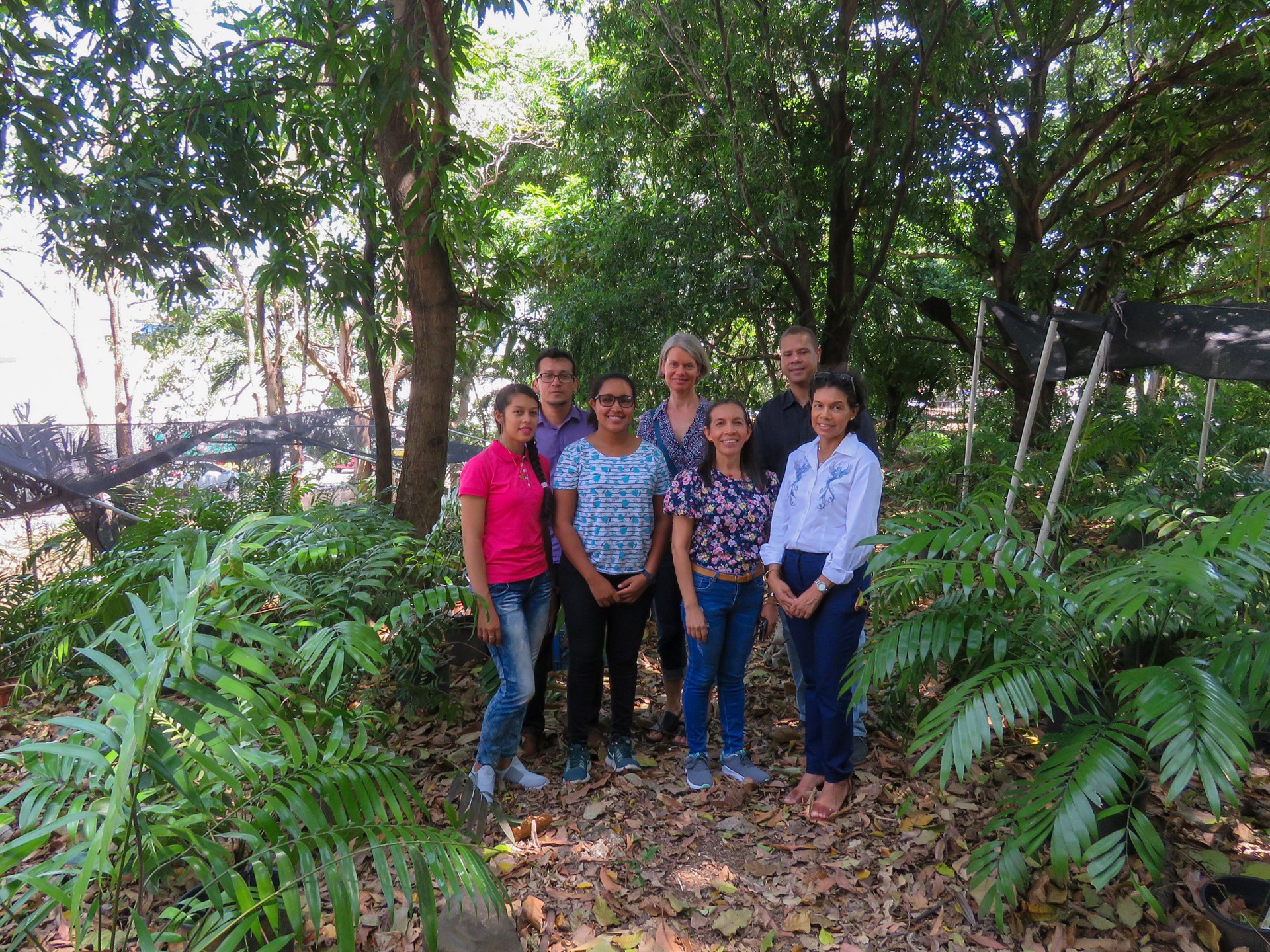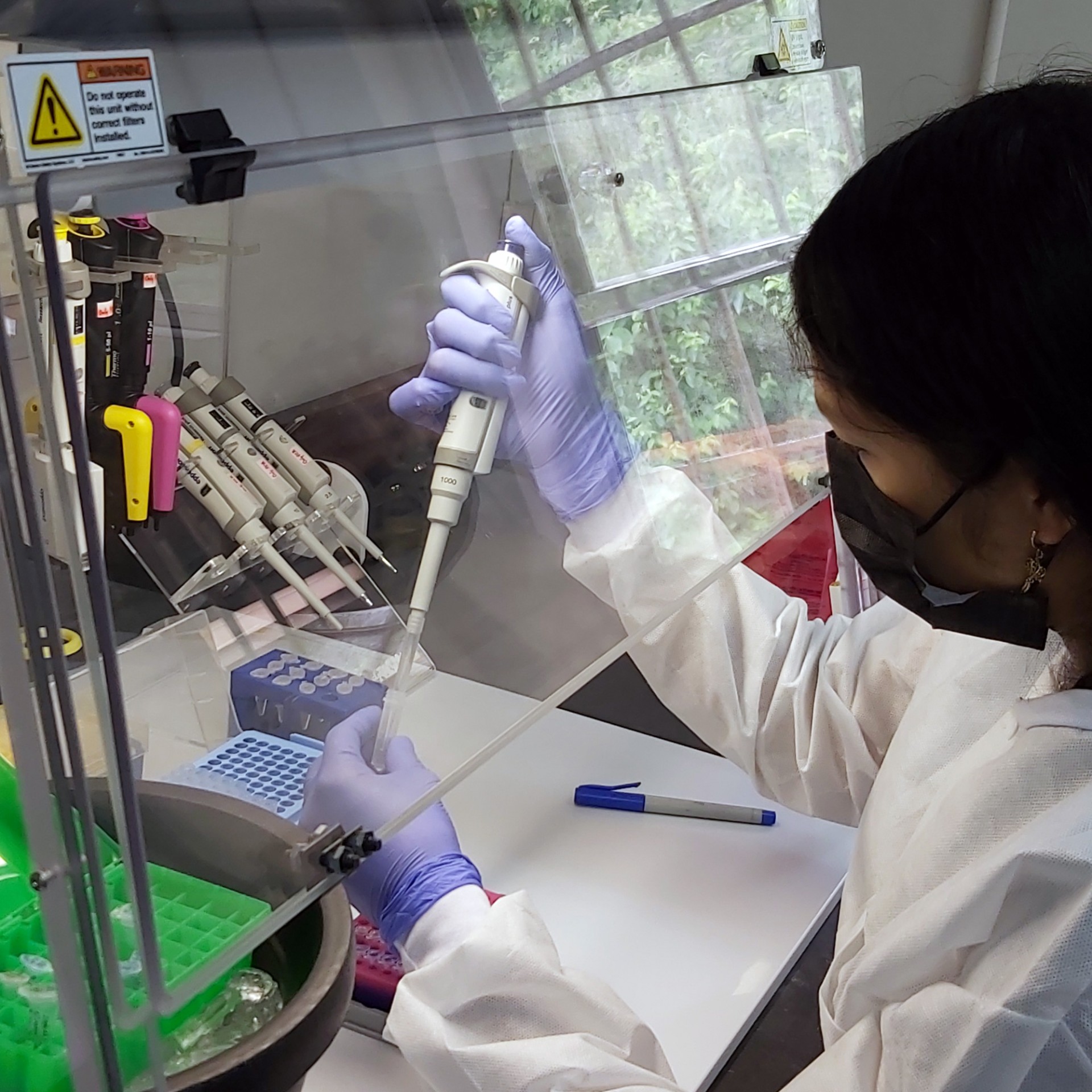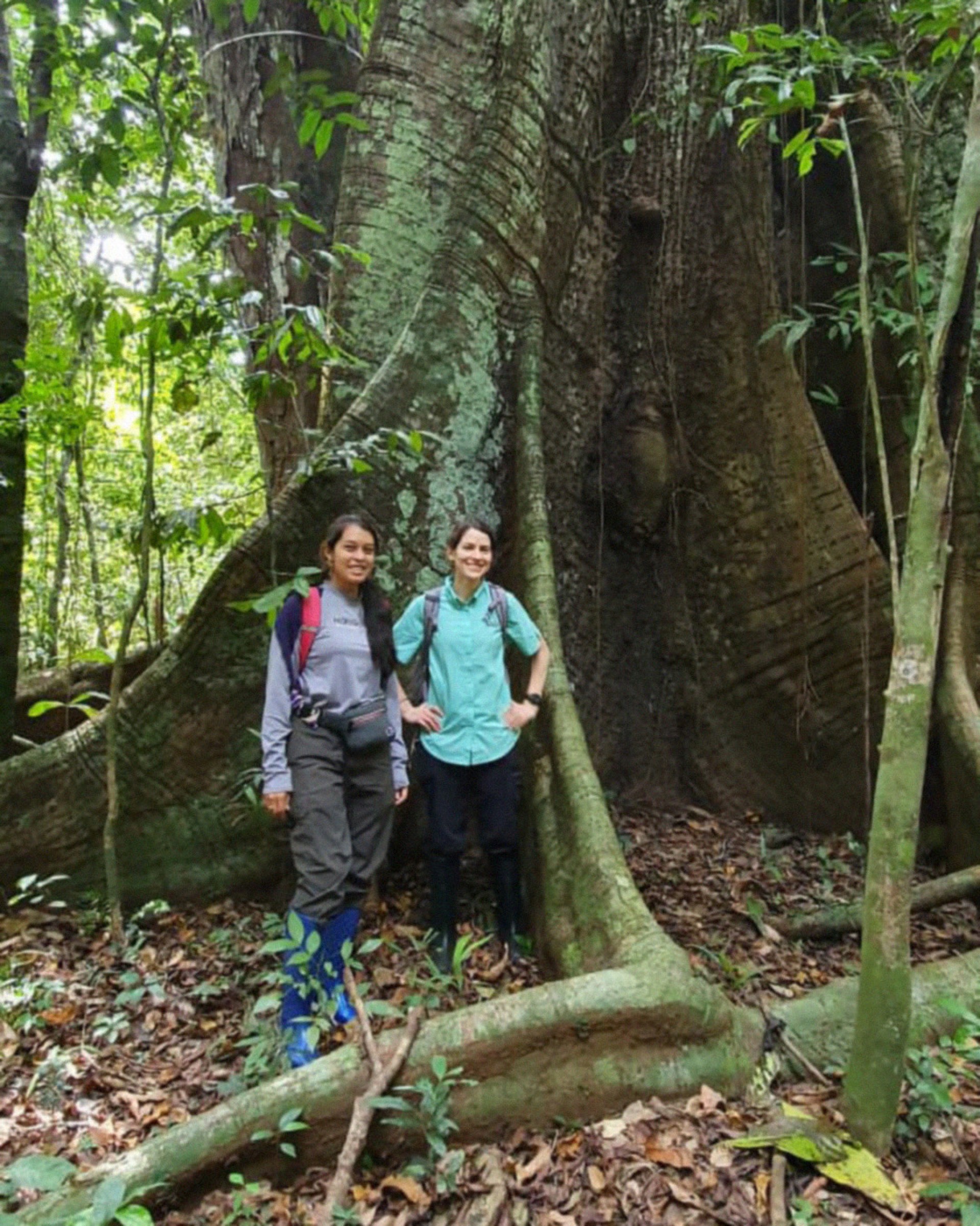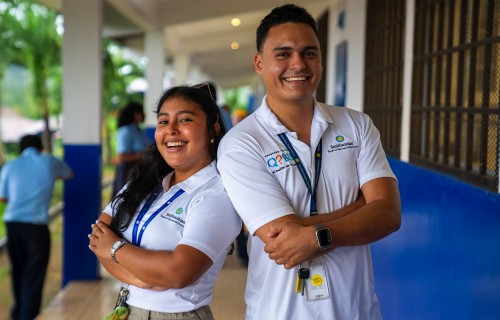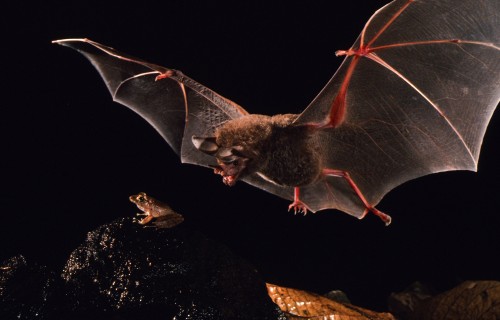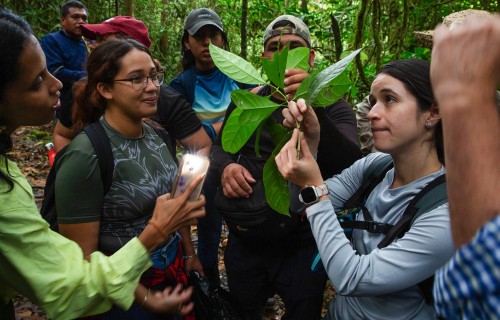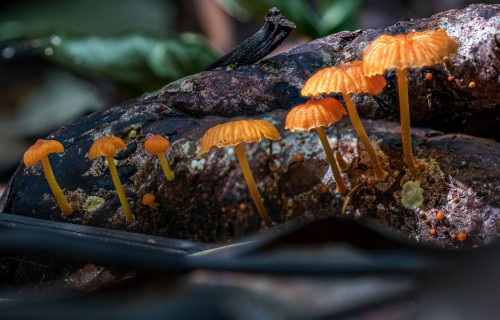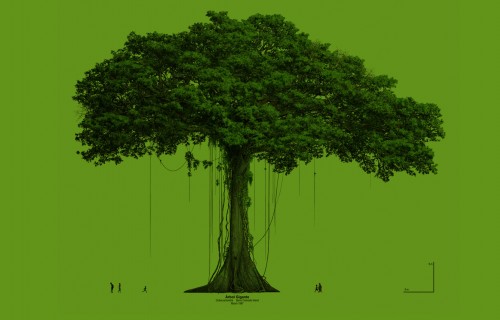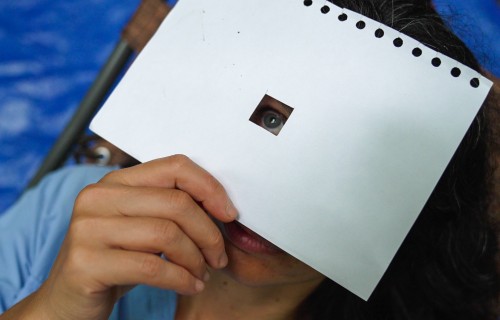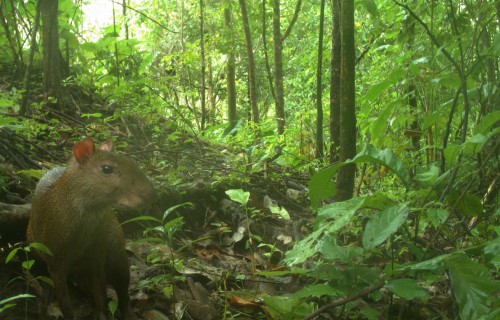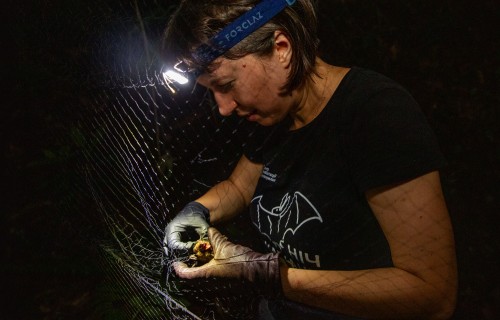Mutualism under pressure: new research in Panama shows a plant’s ability to keep its defender ants happy
Omayra
Meléndez
My Journey to Barro Colorado Island
(Part 1 of 3)
Text by Omayra Meléndez
For many tropical biologists, all roads lead to Panama’s Barro Colorado Island, the most-studied piece of tropical real estate in the world. STRI Intern Omayra Meléndez shares her story about arriving on BCI and how the island is transforming her career.
My arrival at the Smithsonian Tropical Research Institute (STRI) was made possible thanks to my professors, Ariadna Bethancourt and Rita Bethancourt at the University of Panama, who put me in touch with two admirable scientists, Kristin Saltonstall, STRI staff scientist, and Juan Carlos Villareal, professor at Laval University, Quebec, Canada. Talking with each of them led me to apply for an internship, an amazing opportunity to participate in a research project for the first time during which I developed new skills in my area of interest: interactions between plants and microorganisms.
The primary focus of my project was rooted in the study of the chemical and genetic potential of a group of plants called Zamia. Despite anthropogenic and climate threats faced by this group of plants, they have been able to survive for millions of years. How is this possible? During my internship, I isolated fungi from the leaves of two species of Zamia, gaining practical knowledge that will be extremely beneficial in the long run. Identifying fungi at the molecular level was fascinating because it allowed me to discover fungi within the leaf tissue of different populations of these plants.
Omayra Meléndez, far left; Some of the members of my working group during my first STRI internship in the International Cycad Garden at the University of Panama, surrounded by different species of Zamia. Credit: courtesy of Omayra Meléndez.
Omayra demonstrates the molecular techniques that made it possible to identify fungi from leaf tissue Zamia during her first STRI internship. Credit: courtesy of Omayra Meléndez.
The Zamias are very important because many of them produce compounds for the production of medicines which may benefit society, e.g. to combat different types of cancer. They also adapt to a variety of environments, which makes them ideal for restoring degraded sites. My first internship was very valuable because I got to know marvelous of people in the lab, like Cely Gonzalez and Eyda Gomez, and because it opened doors to another project, funded by a fellowship from STRI-SENACYT, about soil microorganisms, which allowed me to meet two more scientsists: Erin Spear, a STRI staff scientist who studies the ecology of forest microbes, and Camille Delavaux, a post-doctoral fellow at ETH Zurich in Switzerland. I also began to work on Barro Colorado Island (BCI). Throughout the phase of taking soil samples on the island, Camille talked to me about her arrival at STRI and how she worked on various projects with the support of students, professors and STRI scientists. Camille also talked to me about how she met Erin Spear, then a post-doctoral fellow at STRI during the two weeks that she took a course and how, during the last few years of her doctorate, they stayed in contact, interchanging protocols and articles.
Barro Colorado Island―named for its red clay soil― is situated in the middle of the Panama Canal. Barro Colorado was formed when the rising waters of Lake Gatún separated a hilltop from the mainland as part of the construction of the canal in 1914. It is a destination not only for scientists from around the world but also for students and tourists. In addition to being a protected site dedicated to the study of tropical forests, with the five adjacent mainland peninsulas, it forms the Barro Colorado Nature Monument, which protects a total of 54 square kilometers of forest and hosts long-term experiments. The extraordinary location and history of Barro Colorado Island makes it the most-studied fragment of tropical forest in the world and the scene of very diverse research projects in distinct fields, generating many impressive first discoveries. While Barro Colorado had already generated a wealth of scientific information, the creation of the 50 hectare large-scale, long-term forest dynamics plot at the center of the island greatly expanded the amount and breadth of research possible at the site.
Camille and I in the forest on BCI on our first day in the field. Credit: Erin Spear.

